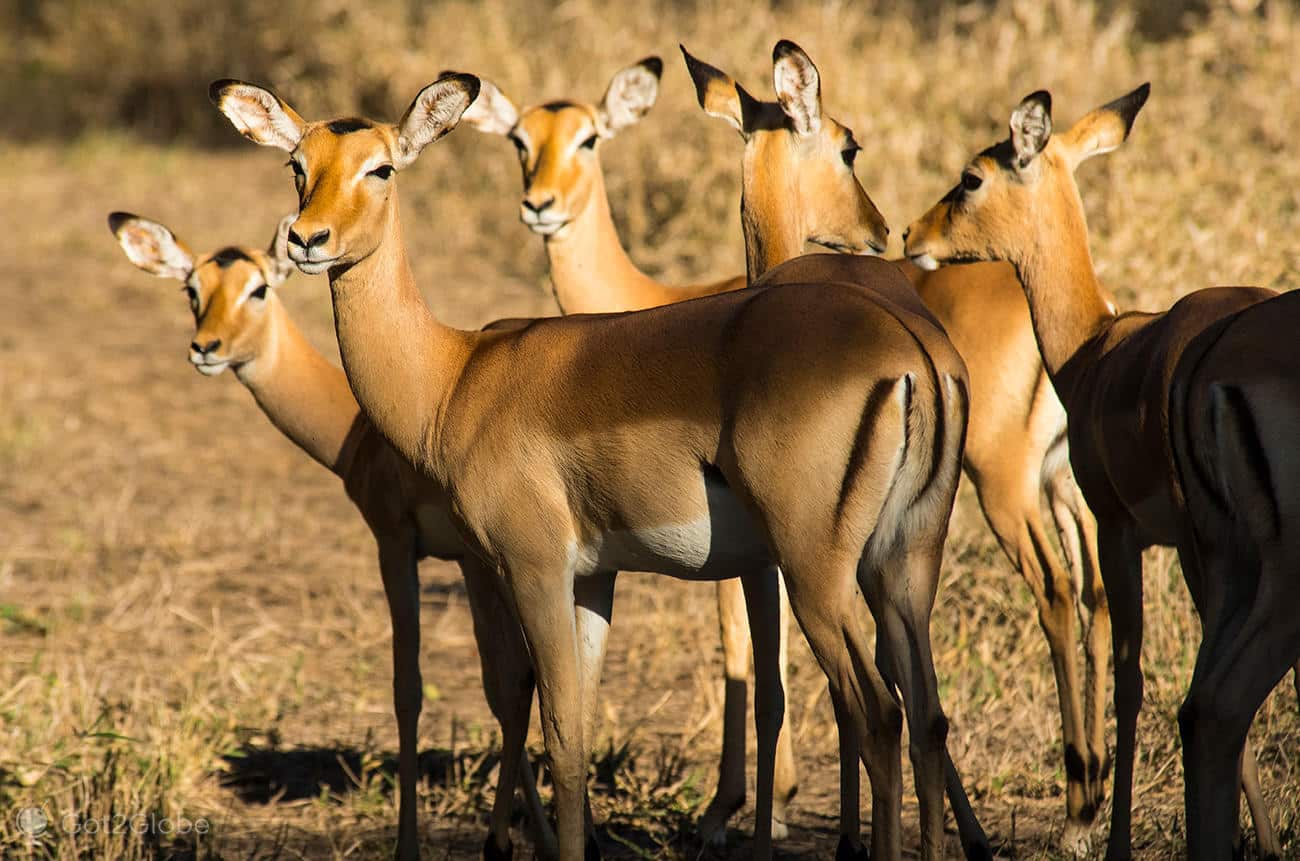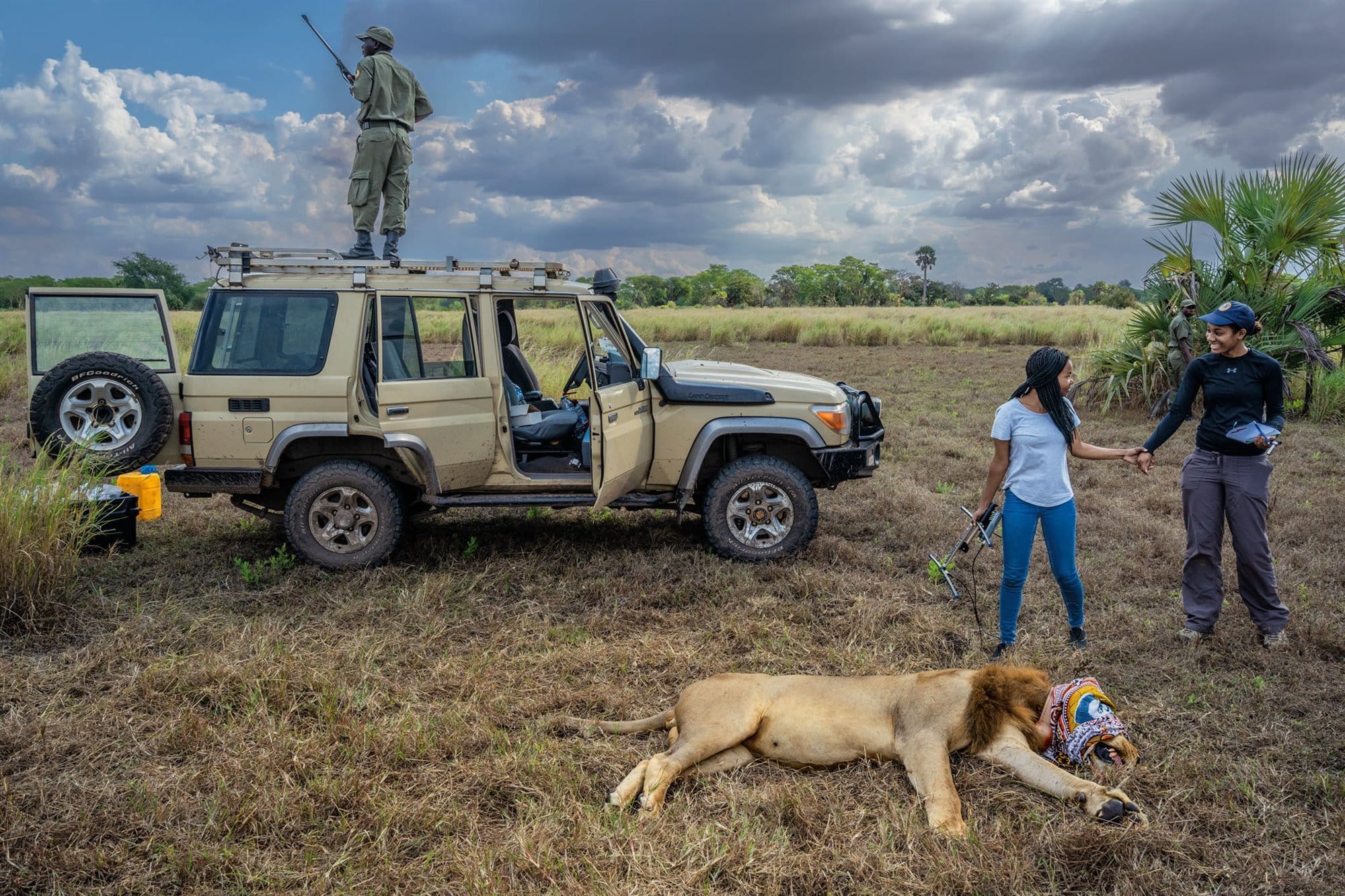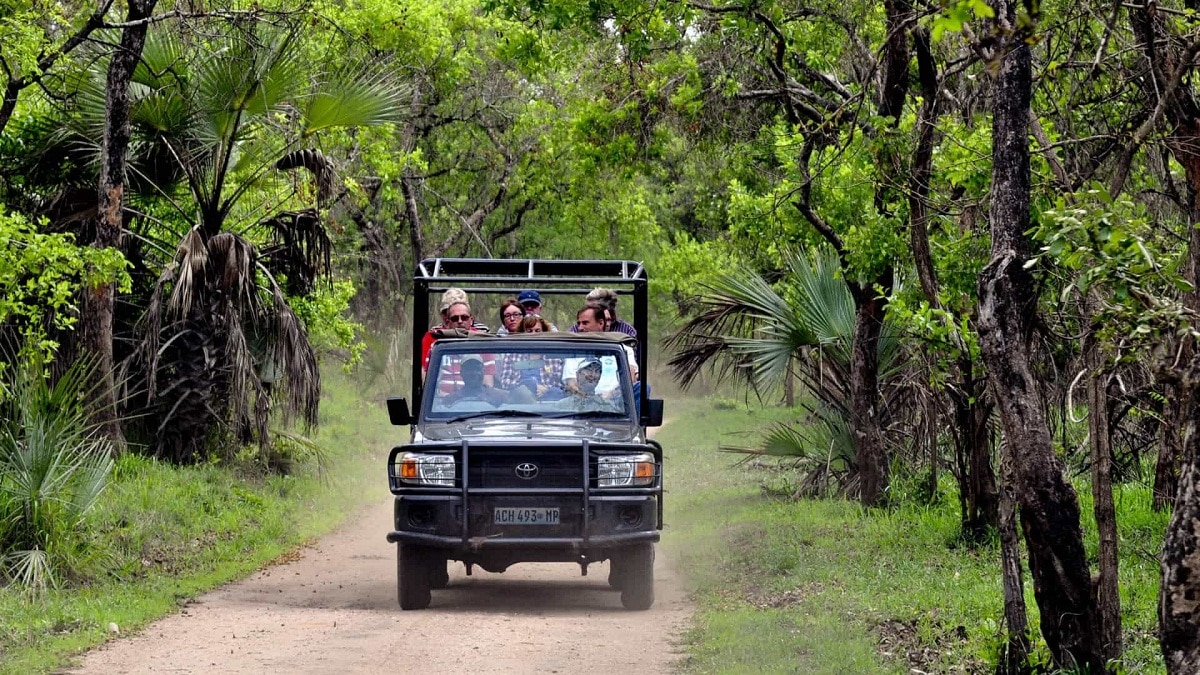
The Gorongosa National Park is a protected natural area located in Mozambique (Africa) and it is a wildlife reserve with an extension of 4000 square kilometers. This park is home to a number of different ecosystems, including dry forest, savannah, wetlands, and riparian forest. These ecosystems are home to a large number of animal species, some of which are in danger of extinction.
Over the years, efforts have been made to protect and restore the area's biodiversity, and today, the park is a popular destination for travelers seeking unforgettable safari experiences. In this article we invite you on a very special journey: the Gorongosa National Park, source of biodiversity and scientific studies.
History

Gorongosa National Park has undergone a number of changes over time. In the 1960s and 1970s, Gorongosa was one of the top tourist attractions in Africa. However, political conflicts and the civil war in Mozambique (1977-1992) led to the degradation of the park, being devastated and seeing its fauna and flora diminished. Likewise, the infrastructures were mostly destroyed and the result of all this deterioration led to an inevitable consequence: the reduction in the number of visitors to the park.
But fortunately this did not remain so in the 1990s restoration works were implemented from the park that allowed to revitalize its natural patrimony. It was then that this reserve was formalized and the Gorongosa National Park was created, whose main objective was to rebuild this area at all levels, reviving its biodiversity and promoting its sustainable development.
It has not been an easy task and it has meant years in which species have been progressively introduced to repopulate the different areas. The economic investment that the restoration of ecosystems has entailed has been as significant as it is necessary, and without a doubt, it has been worth it. No less distant from this work is the challenge of reviving species that were in danger of extinction, where, for example, the buffalo or the African elephant have been introduced.
Biodiversity

If something characterizes this impressive park, it is its exceptional biodiversity. It is home to a wide range of animal and plant species, which are distributed in different habitats within the park, including savannahs, forests, rivers, and wetlands. Here we mention some of the most emblematic species present in Gorongosa:
- Large mammals: The park is home to a wide variety of large mammals, including African elephants, African buffaloes, lions, leopards, hippos, black rhinos, antelopes such as impala, kudu and eland, and large herbivores such as zebras and giraffes.
- Predators: In addition to lions and leopards, Gorongosa is home to other predators, including hyenas, jackals, wild dogs (African wild dogs), and cheetahs (although in fewer numbers).
- Birds: The park is a paradise for bird lovers, with more than 500 registered species. Among the birds present in Gorongosa are the osprey, the martial eagle, the crowned eagle, the African vulture, the carmine bee-eater, the trumpeter hornbill, among others.
- Reptiles and amphibians: The diversity of reptiles and amphibians in Gorongosa is also remarkable. Species such as crocodiles, snakes such as the reticulated python and green mamba, and a variety of frogs and toads can be found.
- Flora: Gorongosa is home to a wide variety of plant species, including trees, shrubs, grasslands, and aquatic plants. Notable species include the African baobab, acacia, African palm, mopane, and jacaranda.
Gorongosa's biological diversity is the result of its strategic geographic location, its varied landscape, and the conservation efforts that have been carried out in the park mentioned above. Without a doubt, the result has been impressive and the appeal of hundreds of tourists around the world.
Gorongosa National Park: source of biodiversity and scientific studies

The scientific fixation aroused by this great natural reserve remains no less far away. Its incredible biodiversity makes it a unique enclave for numerous scientific investigations, which has led Gorongosa National Park to become an important scientific research and conservation center, attracted by biologists, ecologists and other experts from around the world.
Gorongosa National Park is currently home to a wide variety of ongoing scientific research. There are many research projects that are developed there:
- The biodiversity studies they investigate the flora and fauna of the park, documenting species and their interaction in the ecosystem.
- All the conservation research they focus on the protection and restoration of key habitats, as well as the sustainable management of natural resources.
- The animal behavior studies they analyze the social interactions, migratory patterns and feeding habits of iconic species such as elephants and lions.
- In addition, they are carried out research on the impact of climate change in the park, analyzing the responses of ecosystems and species to environmental changes.
Conservation

Gorongosa National Park is a leader in conservation programs in Africa. Sustainability is one of the great commitments of the park's conservation program, which is why great efforts have been made to involve local communities in education and the protection of biodiversity.
In addition, a long-term research program has been established in the park, which aims to understand local ecosystems and species. The information obtained is used to improve park management and ensure the continued protection of the area's biodiversity.
Tourist visits

Gorongosa National Park offers visitors a wide variety of experiences to enjoy. For those looking for an unforgettable safari, the park is the perfect place to explore the local fauna and flora by jeep or on guided walks.
In addition, the park offers the possibility of cycling or canoeing on the park's rivers. You can also visit local communities and learn about daily life in Mozambique.
If you are thinking of traveling to Gorongosa there are several important things you should know:
- Access to the park is limited and is only allowed in 4×4 vehicles. To get to the park, one must take a flight from Maputo to Chimoio, and then take a bicycle, car, or small plane to the park entrance.
- It is also important to note that due to its tropical climate, The best time to visit Gorongosa is between the months of May and October.
A must-see natural gem

Gorongosa National Park is a natural jewel of Africa, with a wide variety of ecosystems and a large number of animal species. Thanks to the park's conservation and restoration efforts over the years, the area's biodiversity has been preserved and has managed to recover. For those interested in African wildlife and ecotourism, Gorongosa is a must-visit destination.
And for the luckiest scientists whose projects have been approved in this place, they will see their concerns and professional goals satisfied along with their senses.
Whatever the reason for your visit, it will be a dream come true.